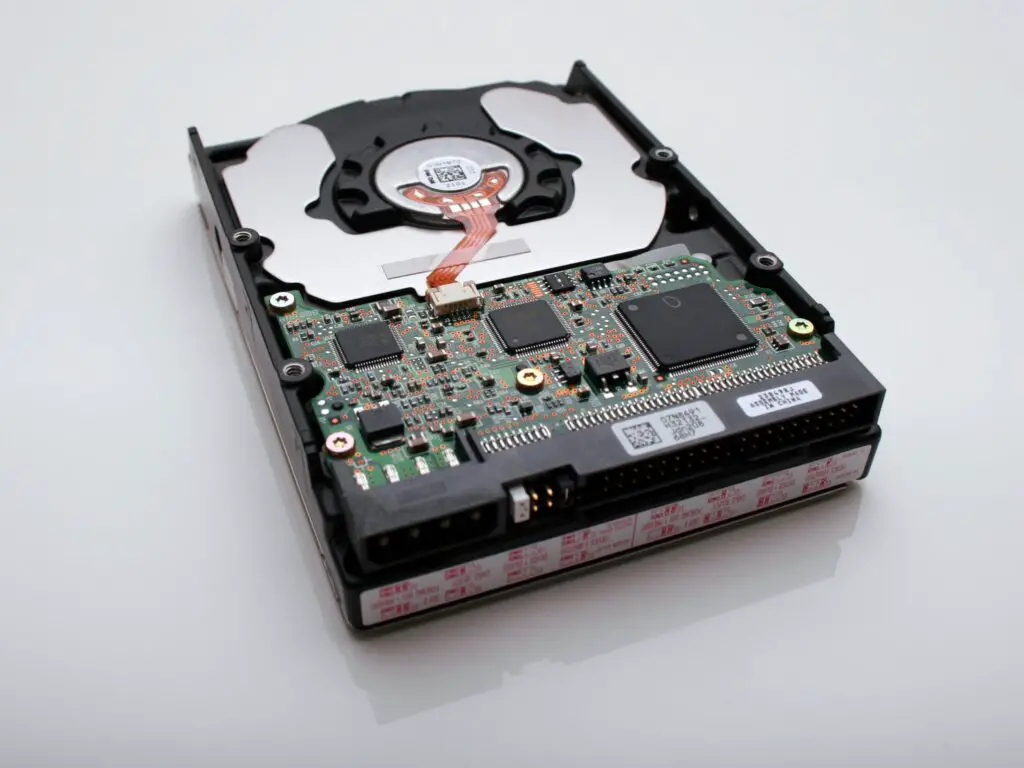A mirrored hard drive, also known as RAID 1, is a type of storage configuration that involves the duplication of data across two or more hard drives. In a mirrored configuration, two hard drives are used, and data is written to both drives at the same time. This results in two identical copies of the data being stored on separate disks. If one disk fails, the data can be recovered from the remaining disk.

RAID 1 is a simple yet effective method for protecting against data loss due to hard drive failure. With a mirrored hard drive configuration, the operating system sees only one drive, and the data is automatically copied to both drives. In the event of a hard drive failure, the remaining drive continues to function, and the system remains operational.
One of the main benefits of a mirrored hard drive is increased data redundancy. This means that even if one of the hard drives fails, the data is still accessible from the other drive. This provides an added layer of protection against data loss, which is particularly important for businesses and other organizations that rely on critical data for their operations.
Another advantage of a mirrored hard drive is that it can improve system performance. Because the data is being written to both drives simultaneously, read and write times can be faster than with a single hard drive. Additionally, because the system is accessing data from two drives at the same time, there is less strain on each drive, which can prolong the life of the drives.
Setting up a mirrored hard drive configuration is relatively straightforward, although it does require two physical hard drives. The drives must be identical in terms of capacity, speed, and interface. In most cases, the hard drives are installed in the same computer, but they can also be connected via a network or other external storage interface.
Once the drives are installed and connected, the mirrored hard drive configuration must be created. This involves configuring the system BIOS to recognize the two hard drives as a single logical drive. The operating system will then see this logical drive as a single entity and will automatically copy data to both drives.
Maintaining a mirrored hard drive configuration is also important. Regular backups should be performed to ensure that data is not lost due to other causes, such as accidental deletion, file corruption, or software errors. Additionally, if one of the hard drives fails, it should be replaced as soon as possible to ensure continued data redundancy and system performance.
In summary, a mirrored hard drive configuration is an effective way to increase data redundancy and protect against data loss due to hard drive failure. It can also improve system performance and prolong the life of the hard drives. Setting up and maintaining a mirrored hard drive configuration is relatively straightforward, and it is an important consideration for businesses and other organizations that rely on critical data for their operations.